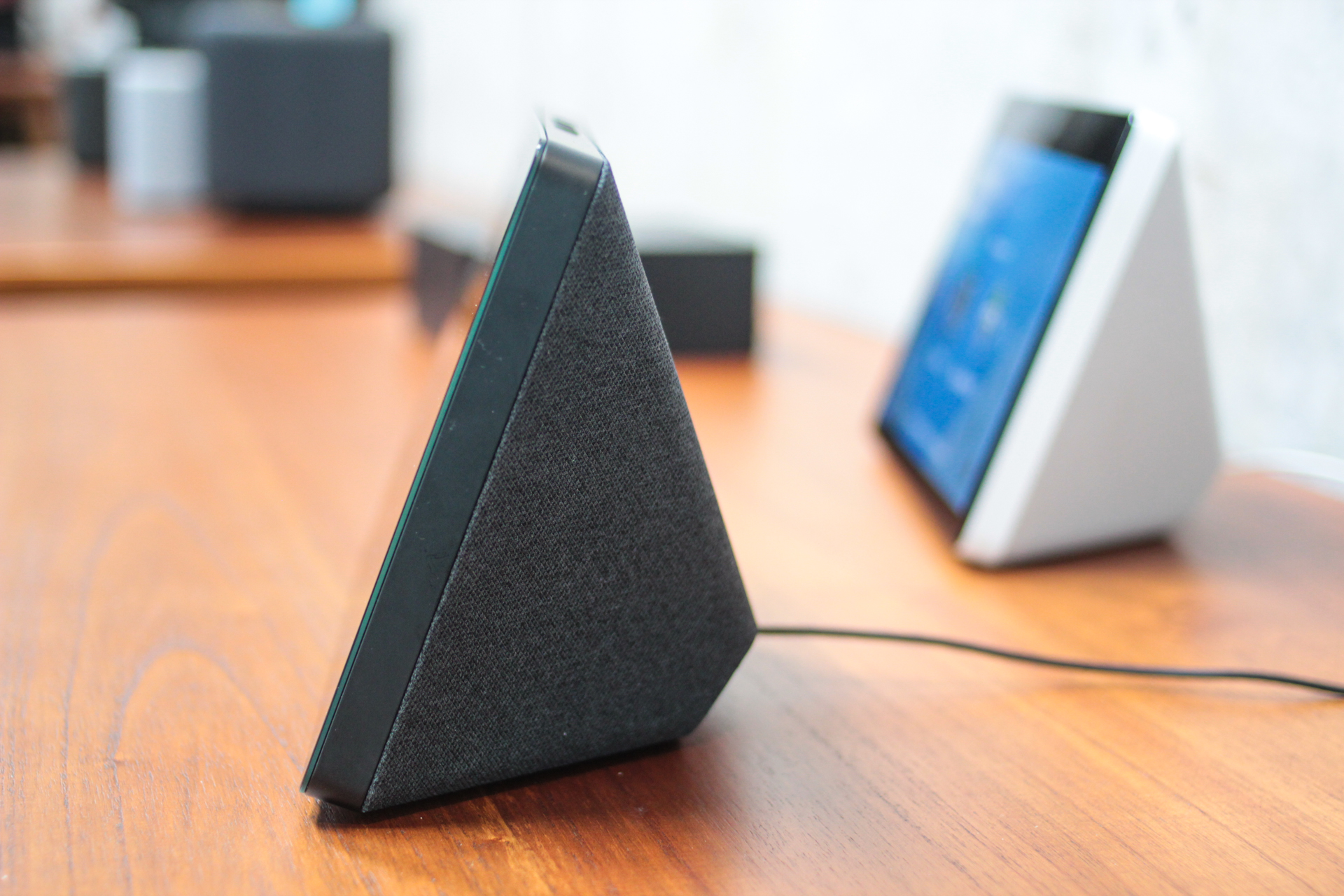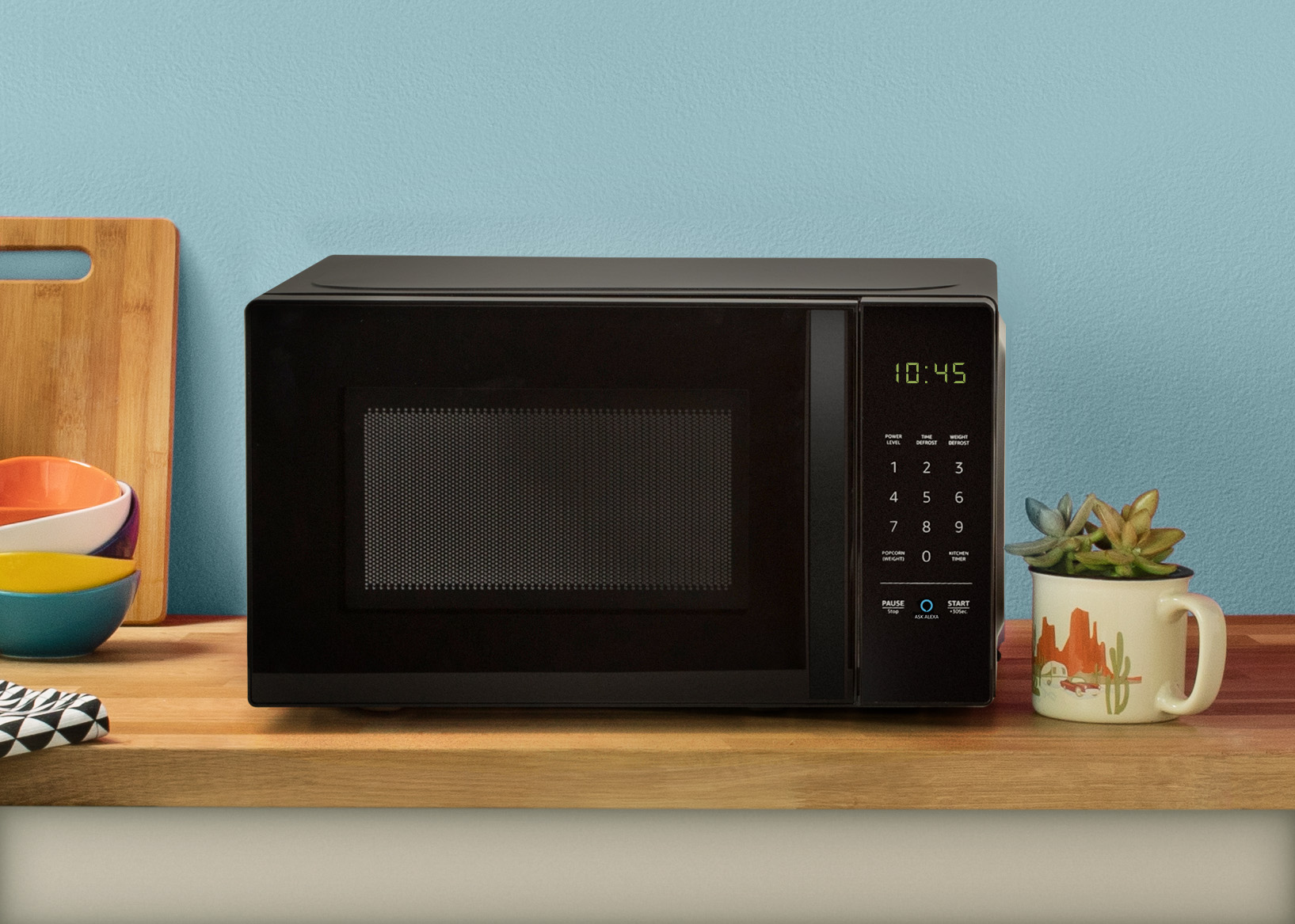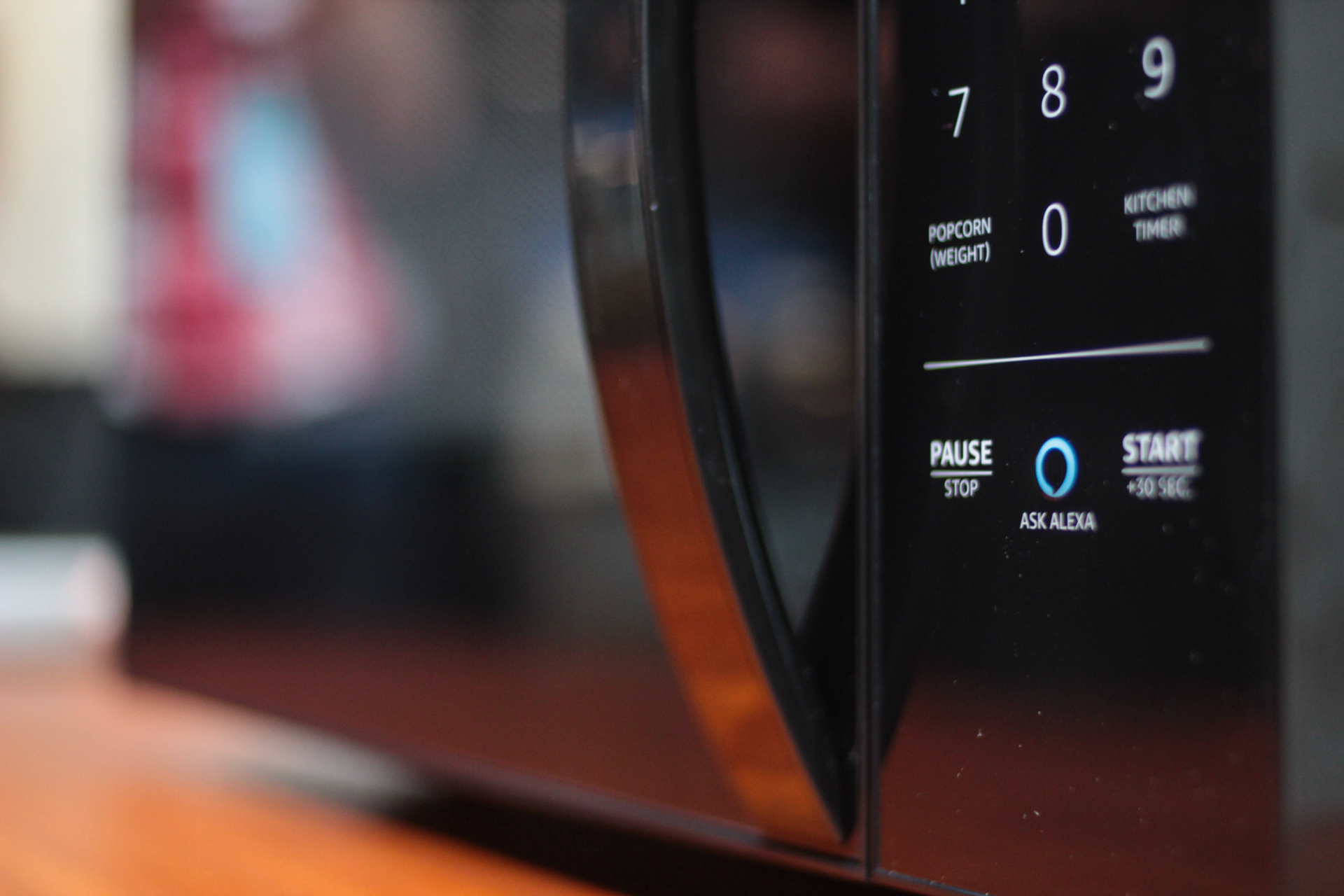Brooks Rainwater
Contributor
More posts by this contributor
Camille J. Moore
Contributor
It’s a common scene: A truck driver pulls up to a highway truck stop for fuel and lunch. She orders a burger and fries from the waiter standing at the counter. Then, she makes her way to the store next door to pick up a coffee to go.
In a matter of years, these kinds of simple, daily interactions will likely become a thing of the past as the tasks of truck drivers, waiters and clerks are increasingly done by machines.
Even if measurement techniques vary, the numbers don’t lie: Ultimately, large swaths of people will be displaced by machines. Depending on whether we’re using estimates from Oxford University, McKinsey Global or the Organization for Economic Co-operation and Development (OECD), it’s safe to assume that anywhere from 9 to 47 percent of the American workforce will likely be displaced by automation in the coming decades. Even the lowest estimates place millions of Americans out of work.
The way we work is changing. People possess the innate ability to innovate and evolve in the jobs they do, and new technologies — from the wheel to steam power and artificial intelligence — have drastically improved and impacted work throughout history. So many jobs of the future have yet to be created, but the trends show that machines and workplace technologies will shoulder the burden of intense physical labor and leave us more room for ideation and supervision.
As we all transition to a more integrated workplace it is imperative that we remember who operates the machines. Pragmatic and strategic policies can help us usher in a brighter future for hardworking American families and cities.
In our latest National League of Cities research, Assessing the Future of Our Work, we analyzed Bureau of Labor Statistics data and found that by 2030 the fastest growing jobs will require advanced soft skills like time management, active listening, coordination and judgement and decision making. But ultimately, no industry, job or task is safe from automation, and the new kinds of jobs that will arise in their place remain in some sense unknown. However, the most effective and tested defenses against these widely predicted disruptions are the original incubators — our American cities.
Cities serve as the places where movements and ideas are found, focused and filtered into broader society.
The report also recommends logical career pathways toward better opportunities that will be more sustainable in the face of automation and changing local economies. For instance, high-touch roles in the caring professions, like nursing and home healthcare, will grow and continue to be in demand. Meanwhile, cashiers — which will be one of the groups most threatened by automation — can transition to sales representatives. And in the construction industry, technologies like the Semi-Automated Mason (SAM100) will shift workers out of tedious manual labor roles and open up additional jobs for those with supervisory and technical skills.
Now more than ever we are in desperate need of the unique advantage each American city holds to build a different future. Each local economy is as strong as the talent pool it supports. Equipped with a clear understanding of the talent they possess, city leaders are uniquely positioned to construct the talent pipelines desperately needed to equip workers with those promising skill sets that will be in demand in the near future.
Our report found that three cities — Boston, Richmond and Minneapolis — have done an especially effective job of preparing for the future of work in a way that is accessible, equal and sustainable.
Boston’s workforce mix has been identified as being 38 percent susceptible to automation, meaning it is at low risk of automation. The city is at low risk because the local government is taking strategic steps to better support workers by offering adult literacy programs, apprenticeship opportunities and demand-focused credentialing programs for local growth industries.
Richmond has long been at the crossroads of critical economic, political and commercial power. Richmond’s existing labor force has been assessed as 41 percent susceptible to automation, meaning it is also at low risk of job losses due to automation. Richmond stays ahead of the curve by instituting programs like PluggedIn VA, which teaches important business skills like interviewing, shadowing and in-demand technical skills.
Minneapolis is the second largest economic center in the midwestern United States. With its robust university system, Minneapolis has proven its ability to connect its specialized workforce with in-demand careers. Hennepin Pathways, in particular, has proven effective in matching available talent with locally sustainable jobs.
As natural epicenters of talent, cities serve as the places where movements and ideas are found, focused and filtered into broader society. With a conglomeration of individuals in urban places and the density of people from all walks of life, cultures and creeds, cities have a dynamism that productively pushes our country forward.
Our future requires a new level of personalization and flexibility in a very traditional space — work. Technology can be compulsive, invasive and glitchy, but our greatest advantage moving forward will be our resilience.





 (@hunterwalk)
(@hunterwalk) 
